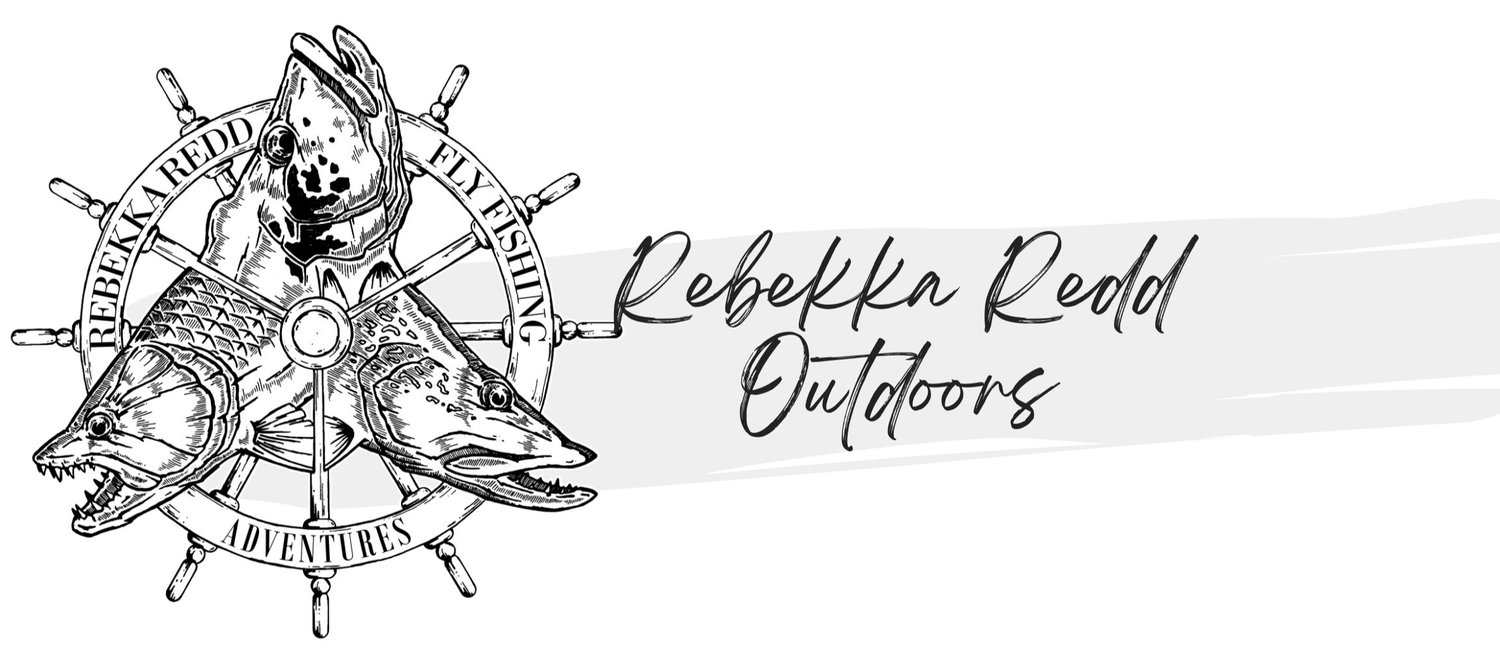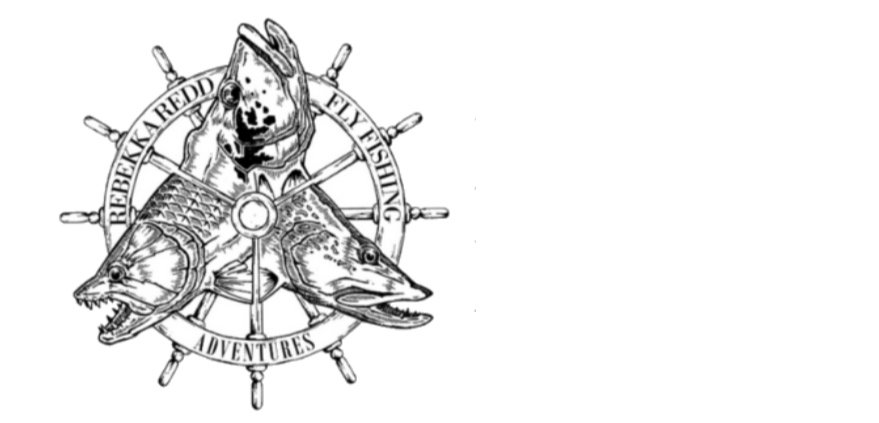Spring time Walleye Gear guide - How to
Opener is here, and it’s time to get out on the water and enjoy the much-anticipated spring season. Locations in the spring differ, but the general rule of thumb is to keep an eye out for water that transitions from rock to gravel or gravel to sand, or weed edges. These are the transition lines to look for, from big boulders to tiny rocks, and depths that range from shallow to a drop-off with considerable structure. Sand flats are also great for spring. Walleye tend to hang out right where the sand flats transition from 5 ft to a sharp drop of deeper water.
Water temperatures: Walleye spawning begins at about 42°F and is completely done by the time the water temperature reaches 50°F. Males prefer to stay around the spawning grounds for a long time; they're the first to enter and the last to go. Females, on the other hand, leave the spawning grounds as soon as they've completed spawning and seek rest.
Casting or trolling: Watching your fish finder will help determine if the walleye are scattered or concentrated. Obviously, if the fish are in pods, casting is the way to go, and if they are scattered, trolling will be a better option as long as the depth is decent and not too shallow and inconsistent.
Lures: Jig and minnow is a failsafe option - this simple bait and jig work well together historically. Use a 1/8-1/4 oz head. Artificial baits are also fantastic, and I prefer them over live bait. Some suggestions are: Jerk minnow on a 1/4 - 1/8 google eyed jig Swim bait in size 3 inches on a google eye jig Suspending jerk bait and twitch bait
Fly fishing: Springtime is a fantastic time to get the fly rod out for walleye. You can use nymphs or streamers. A sink-tip fly line and a subsurface lake line are good, along with a shorter leader of 3–4 ft. Walleye will remain in shallower waters at this time, but they are on the move chasing bait, meaning they are pretty much in all the water columns.
Flies: Flies should mimic bait. Keep the color natural. Use 1-to-3-inch streamer baitfish patterns in combinations such as silver and white. Popular flies that mimic the classic conventional jig + minnow are: Muddler minnow & clouser minnow. Other options to consider include the white cone-headed Zuddler, Clouser minnow in white, white or black gurgler for the suspended fly technique, and UV glow in the dark flashabou streamer (use a UV light on this fly, and it’ll be extra bright for low light or depth). Insect flies, both as nymphs and adults, can also be effective. Consider mayflies, caddis, and stoneflies.
Fly rod: Use a 6, 7, or 8 weight fine, 4-piece, 9’ fly rod with medium to fast action. I use Thomas and Thomas fly rods. Gear rod: Use a 7'3 Med/Light fast action spin rod (a versatile rod). Gear reel: Use a smooth, consistent drag; I use reels from Okuma. Fly reel: Use a smooth drag fly reel matching the rod wt.; I use Ross Reels or Abel. Fly line: Use an Airflow sink-tip fly line and a floating line (I usually rig up 2 rods). Gear line: Use braid in 10lb, ending in 12-15lb Flouro - connected with a double uni knot.
Fly tippet: I recommend 1 ft of 10 lb. test wire bite tippet. A supple, nylon-coated, multistrand stainless-steel leader material that’s tie-able but is tough enough to stand up to the sharpest teeth bite. Many times, walleye flies are eaten by pike!
If you do not want to use a wire leader, use 2x or 1x tippet.
Fly leader: A short 3-4 ft flouro leader (10–12 lb. test)
Best knot to tie: Non-slip loop knot for maximum fly (streamer) movement and improved clinch for non-animated flies.


